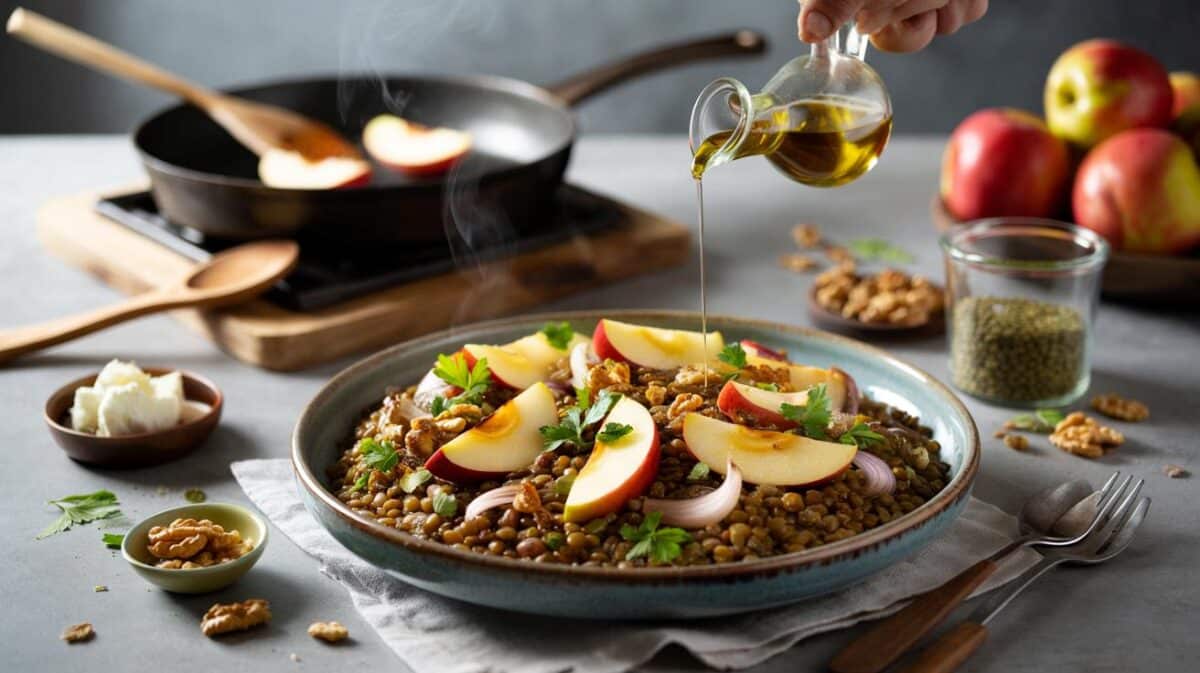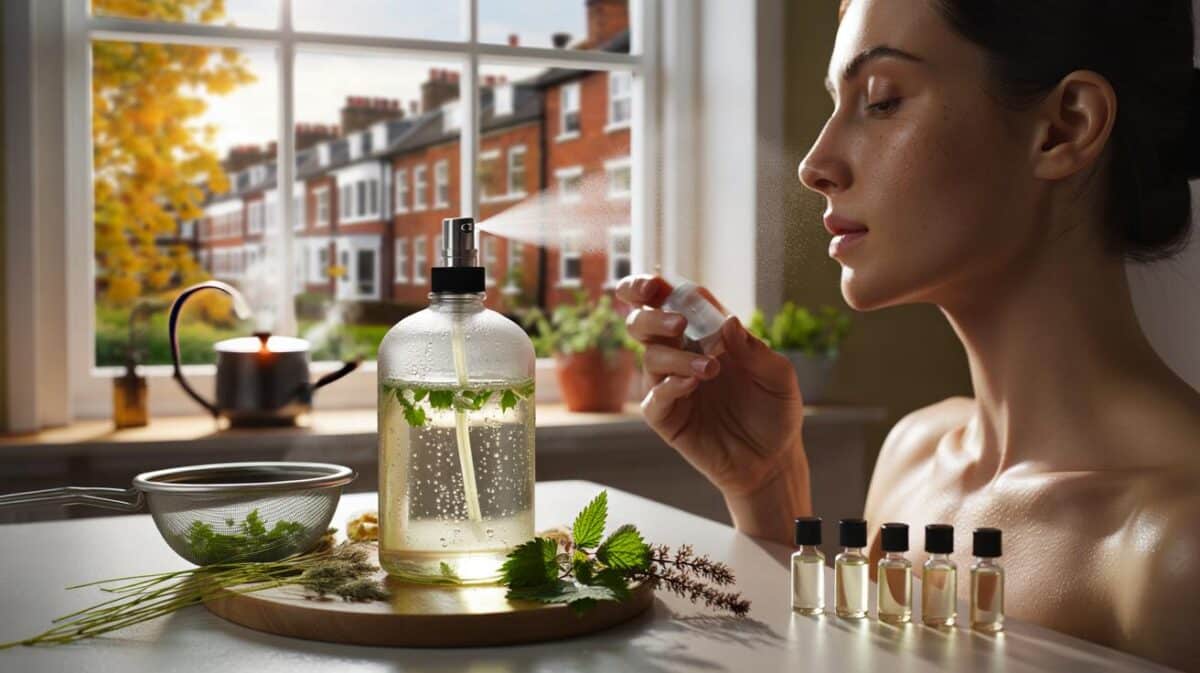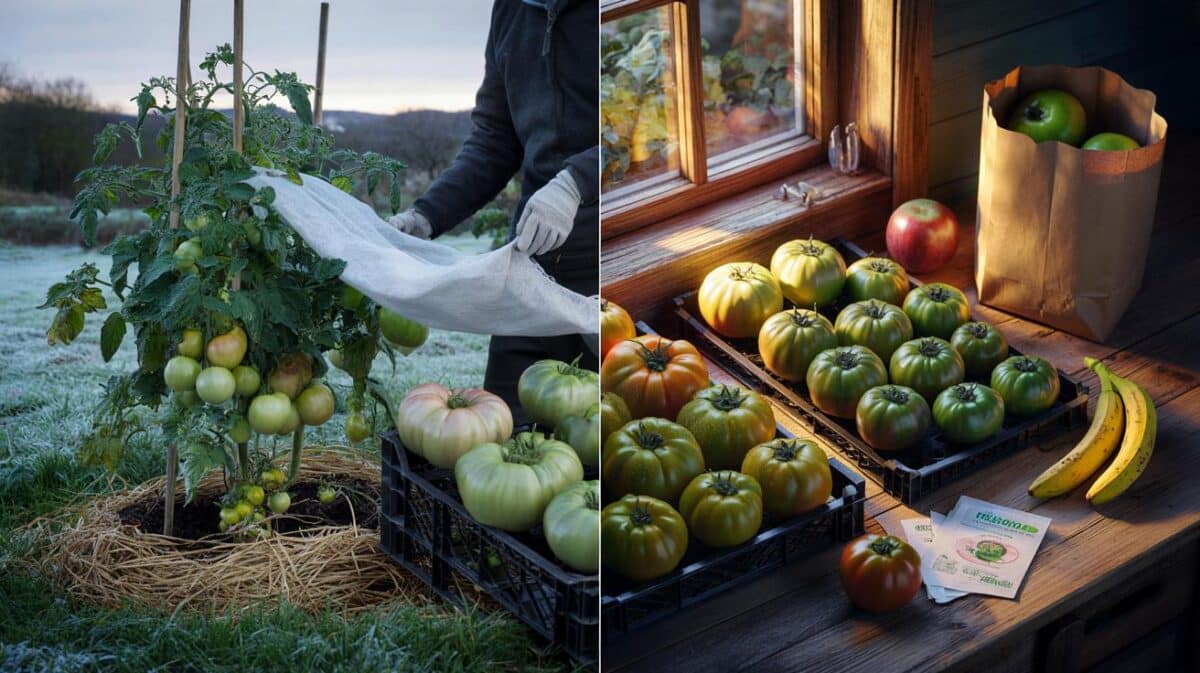We spoke to dermatology experts and hygiene specialists about how repeated use of 60–70% alcohol rubs reshapes your skin’s defences — and what to change before the cold sets in.
The clean feeling that tricks your brain
Fresh, fast, fragrant: why your skin feels fine at first
Hand gel delivers speed. It evaporates in seconds, smells reassuring, and leaves no residue. That light, cool finish tells your brain: job done. Convenience wins on the bus, in shops, before a sandwich on the go. The trouble begins where sensation ends. Clean does not equal intact.
What you don’t feel: microscopic damage after each pump
Most hand rubs use ethanol or isopropyl alcohol at 60–70%. These solvents dissolve lipids. Your outer skin layer relies on a lipid matrix to lock in moisture and block irritants. Break the lipids and the barrier weakens. You may not itch at first. You may not see redness. Repetition chips away at the mortar, application after application.
Alcohol rubs save time and cut microbes, yet every use strips a little of the lipid shield your skin depends on.
Your barrier under load
How alcohol disrupts the lipid mortar
Think brick wall. Corneocytes form the bricks. Lipids act as mortar, rich in ceramides, cholesterol and fatty acids. Alcohol lifts these fats, increasing water loss through the surface. Fragrances and colourants add another irritant layer. On cold, dry days the evaporation accelerates, and tightness arrives before lunch.
Dryness, itch and the scratch cycle
Dry skin itches. Scratching breaks more of the barrier. Tiny flakes appear around knuckles and nail folds. You pump more gel over sore patches, which stings, so you rub harder, then wash again. The loop feeds itself. Over a week, that loop can turn into fissures you feel every time you pick up your keys.
Break the loop early: sanitise when needed, then moisturise before the stinging starts.
Who gets hit hardest
Children, older adults and eczema-prone skin
Children’s skin is thinner and loses water faster. Older adults produce fewer natural oils and renew skin cells more slowly. People with eczema, psoriasis or contact allergies start with a compromised barrier. For these groups, frequent alcohol exposure tips the balance quickly. The same gel can feel fine to one person and brutal to another.
Early red flags to catch
Spot the signals before cracks appear. These clues mean your routine needs a rethink:
- Persistent tightness 10–15 minutes after sanitising
- Flaking around knuckles or between fingers
- Red halos around the nails or hangnails
- Stinging when the gel hits intact skin
- Itch that worsens in heated rooms or after commuting
- Fine lines that look like paper-cuts across the fingertips
Cracks, germs and the hygiene paradox
When tiny splits invite infection
Once the surface splits, each microfissure becomes a doorway. Soap, gel and cold wind penetrate deeper. Bacteria living harmlessly on the skin move into new niches. A painful, reddened patch near a split can ooze and throb. That is when hygiene habits collide with skin biology — the very routine meant to protect you opens the gate.
The bugs your gel won’t beat
Alcohol hand rubs reduce many pathogens, but not all culprits behave the same way on damaged skin. Some bacteria thrive in dry, cracked areas. Others, already part of your microbiome, turn opportunistic when the barrier weakens. A strong skin barrier helps your immune system police the neighbourhood. A weak one gives unwanted guests a place to settle.
Clean hands matter. An intact barrier matters just as much. One without the other leaves you exposed.
Smarter hygiene, happier hands
Use less, do it better
Keep the gel for key moments: after public transport, after handling shared touchscreens, before eating on the move, after coughing into your hands if you cannot reach a sink. When you can get to water, pick a mild soap, rinse with lukewarm water, and dry thoroughly.
| Method | Best use | Effect on skin | Tips |
|---|---|---|---|
| Soap and water | When hands are visibly dirty or greasy | Can dry if hot water or harsh soaps are used | Go lukewarm, pat dry, moisturise within two minutes |
| 60–70% alcohol gel | On the go when no sink is available | Strips lipids; faster water loss | Choose fragrance-free; apply moisturiser once dry |
| Wipes | Surfaces and travel; quick clean for children | May contain irritants; residue left behind | Avoid perfumes; wash hands when possible |
Moisturise like a pro
Moisturising does more than soothe. It restores lipids and traps water, rebuilding the mortar you need. Look for thick, fragrance-free creams with ceramides, glycerin or 5–10% urea for very dry hands. For splits, an occlusive like petrolatum helps seal the area overnight. Dimethicone-based barrier creams protect during the day without greasiness.
Make moisturiser the last step every time you sanitise or wash — not just morning and night.
Practical routines you can start today
A 24-hour repair playbook
Morning: wash with a gentle soap, pat dry, apply a rich cream, then a lighter barrier layer if you handle paper or keyboards. Commute: gel only when needed, then a pea-sized amount of cream once the gel has evaporated. Lunch: rinse with water if available, dry thoroughly, moisturise. Evening: short wash, pat dry, apply a thick layer of cream. Bedtime: dab petrolatum on cracks, then cotton gloves for an hour while reading or overnight if tolerable.
Week-by-week targets
Week 1: switch to fragrance-free gel and soap; carry a pocket tube of cream. Week 2: replace one gel use per day with a proper wash and dry. Week 3: add a urea or ceramide treatment at night. Week 4: audit your triggers — cold air, paper handling, cleaning sprays — and wear thin gloves outdoors or when cleaning.
Labelling, ingredients and small changes that pay off
What the fine print says
On your gel, check the alcohol type and percentage. Ethanol and isopropyl alcohol in the 60–70% range hit many pathogens. Glycerol often appears as a humectant; it helps but does not replace a proper cream. Skip products with strong fragrances or dyes if your skin flares. On creams, ceramides support barrier repair; glycerin draws water; urea smooths rough patches.
Hands, nails and rings
Sanitiser pools under rings and lingers around cuticles. That contact time can irritate. Slide rings off before cleaning if you can. Keep nails short to reduce hangnails. Massage a drop of oil into cuticles after moisturising to reduce splits. If you wear gel polish, focus cream on the surrounding skin, not just the nails.
When to seek help and what to expect
Red lines for a professional opinion
Book an appointment if pain limits movement, if cracks bleed despite care, or if redness spreads with warmth and swelling. A clinician may prescribe a short course of topical steroids for eczema flares, recommend antiseptic soaks for splits, or adjust your routine. Keep bringing your moisturiser to apply right after hand cleaning at work; small, frequent doses beat occasional heavy applications.
Extra notes worth keeping in your pocket
Cold weather magnifies water loss, so carry a travel-sized cream next to your gel. Apply a thumbnail-sized amount after each sanitise; it takes under 20 seconds and cuts tightness during the commute. If you handle money or tickets frequently, try a light, fast-absorbing cream with dimethicone in the morning, then reapply at lunch.
For families, set up a sink station at home with lukewarm water, a mild soap, paper towels for quick drying, and a pump bottle of thick cream. Make it a habit: clean, dry, moisturise. Children copy routines quickly when the products are in reach and the steps stay simple.








